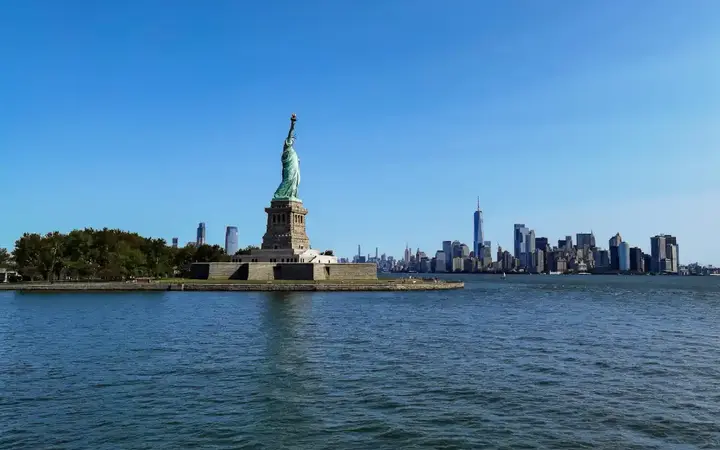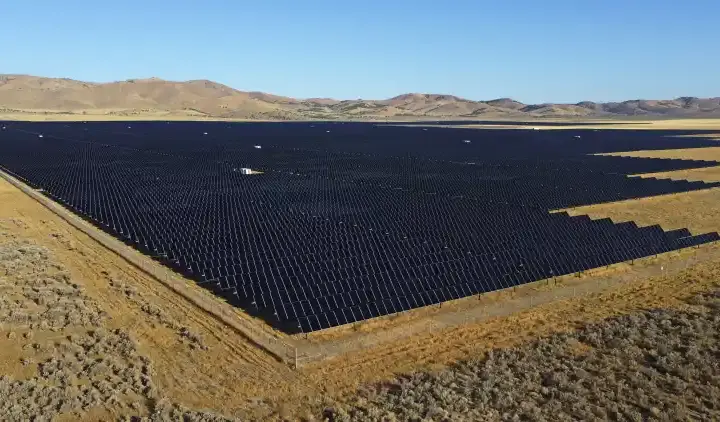If we look at Olympic stadiums since 1896, are they still in use?
The Olympic Games are big affairs that require huge infrastructure projects to build stadiums and various places. Many sports have specific requirements - white water and fake rocks for kayaking, huge slopes for ski jumps, or sand for beach volleyball. Moreover, these venues must be able to support large crowds and the technology needed to manage events. As former Victorian Prime Minister Dan Andrews discovered in 2023, hosting major sporting events costs a lot of money. It is estimated that the Tokyo Olympics cost A$23 billion, much of which was spent on building infrastructure. An IOC 2022 report revealed that 85% of the stadiums, venues and structures used at the Olympic Games are currently still in use.
Recommend
But how are they used, were they new buildings, and what happened to the 15% of places that became abandoned?
Stadiums
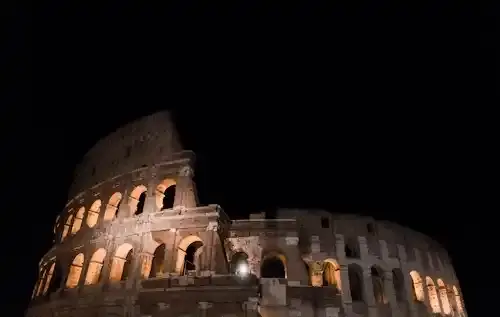
The Panathenic Marble Stadium hosted the first modern Olympic Games in Athens, Greece in 1896. It was used again during the 2004 Olympics (archery and marathon) and is now a popular tourist attraction that has hosted events such as concerts and fashion shows. In recent years.
Francis Olympic Stadium in St. Louis, United States, was used as the main venue for the 1904 Summer Olympics. It is the oldest Olympic stadium still regularly used for official sporting events. It has been renovated several times and is currently used by the University of Washington's track, field, cross-country, football and football teams.
Many Olympic stadiums are still used for local, national and international sports such as athletics and football, as well as concerts and large performances. For example, the 1960 Summer Olympic Stadium in Rome, Italy is the main stadium of the National Rugby Union team and the football clubs Roma and Lazio. It has also hosted matches at the 1990 FIFA World Cup, UEFA Champions League, World Athletics Championships and more. Fisht Stadium in Sochi, Russia hosted the 2014 Winter Olympics and Paralympic Games. It also hosted matches at the 2018 FIFA World Cup (including the Australia-Peru match) and is now the home stadium of the football team BFC Sochi. The cities that have hosted many Olympic Games have renovated and reused the venues. For example, Tokyo reused places in 1964 such as the Tokyo Metropolitan Gym and Nippon Budokan Hall in 2021; both Los Angeles Memorial Stadium and Rose Bowl were summer Olympic sites in 1932 and 1984 and will be used again in 2028.
Places
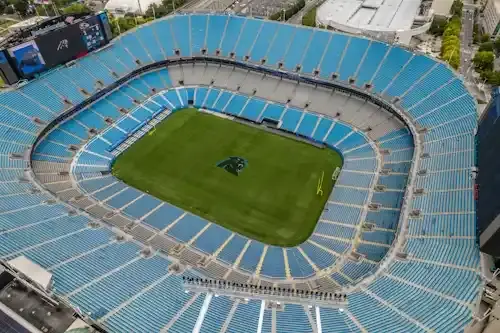
Olympic stadiums continue to be used for sports and non-sporting activities. Many existing venues such as ski slopes and summer venues such as Lake Panioles (Kayaking - Barcelona Summer Olympics 1992) and Wimbledon (tennis - 1908 and London Summer Olympics 2012) hosted their sport before the Olympics and continued to host it after the Olympics. Other places have been reused in many ways. For example, the stadium, skiing and ice hockey venues used at the 1928 and 1948 Winter Olympics in St. Moritz, Italy, became part of a private residence. The 1980 Winter Olympic Village in Lake Placid, United States, is now a federal prison. The water cube (swimming, diving and water polo – Beijing Summer Olympics 2008) is now a popular water park.
Unused places
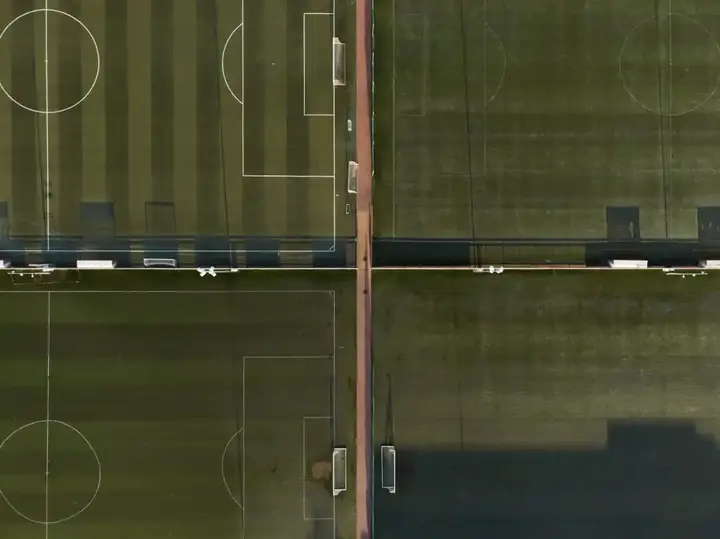
Some Olympic stadiums such as Mount Iniowa (Alpine skiing - Sapporo Winter Olympics 1972) and the beach volleyball arena in Copacabana (beach volleyball - Rio 2016 Summer Olympics) were temporary places that were dismantled after the Games as planned. Many other ancient places have been renovated and redeveloped. Unfortunately, other places have become dismal for various reasons. The Trebević Olympic bobsleigh track and snowboggan (bobsleigh, 1984 Sarajevo Winter Olympics) were damaged during the Bosnian War (1992-1995) and have not been repaired. It is now overgrown and covered with graffiti. Alonzo Herndon Stadium (hockey - Summer Olympics in Atlanta 1996) in a similar state of neglect covered with graffiti. Most of Heleniko's Olympic complex (softball, canoe/kayak, hockey, baseball, basketball - Athens 2004 Summer Olympics) is closed or demolished due to poor planning and political, economic and administrative turmoil.
Australia
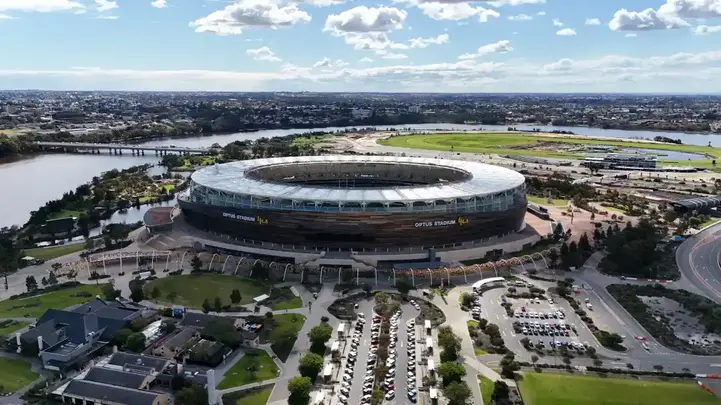
So, how did the Olympic stadiums in Australia perform? In short, very good.
Most of Melbourne's 1956 Summer Olympic stadiums such as the Melbourne Cricket Stadium (athletics, football, hockey, opening and closing ceremonies) and the exhibition building (basketball, weightlifting, wrestling, modern pentathlon) are still used regularly. Only Melbourne Olympic Racecourse (cycling, currently a medical centre) and Merita Rifle Ring (archery, currently a residential property) are not used. Specially designed stadiums for the Sydney 2000 Summer Olympics such as the Sydney International Aquatics Centre (swimming, diving and water polo) and Penrith Whitewater Stadium (rowing and kayaking) are still the leading locations for their sports in Australia. The Olympic Village is now part of the suburb of Newington. Some temporary places such as the Bondi beach volleyball arena were dismantled after matches as planned. The Sydney Recreation Centre (Volleyball) is the only non-temporary venue that is no longer in use. It was demolished in 2016 as part of the redevelopment of Darling Harbor. As we head towards the Brisbane Olympics in 2032, careful planning will be needed to ensure that the planned infrastructure is cost-effective and can be used by locals and others for many years after the Games end.
![]()
Honoring Arab-American Heritage, Stories and Changemakers
Arab Americans have shaped U.S. culture for centuries, with waves of immigration starting in the 19th century. Today, they lead in law, literature, comedy, and medicine—like poet Khalil Gibran and comedian Maysoon Zayed. In 2022, April was officially designated as Arab-American Heritage Month to celebrate their contributions. more- ADVERTISEMENT
![]()
Neolithic revolution
The Neolithic Revolution more- ADVERTISEMENT
![]()
Creativity without borders: practical ideas to develop your creative skills
Creativity lives in all of us—it's not a gift for the few, but a skill we can all grow. With the right habits, fresh experiences, and a supportive environment, we can overcome fear and routine to unlock ideas that spark innovation and make life more exciting and meaningful. more- ADVERTISEMENT
![]()
My strategies for developing business confidence
Asking for a raise taught me a powerful lesson: confidence and self-advocacy matter. Despite battling impostor syndrome and anxiety, I learned to challenge my inner critic, celebrate my wins, and take risks. That one bold step led to growth, success, and a stronger belief in myself ever since. more- ADVERTISEMENT
![]()
What is the coldest place in the solar system?
The coldest natural spots in our solar system might be double-shaded craters at the Moon’s south pole, with temperatures around 25 K—colder than Pluto. These craters avoid all sunlight, trapping extreme cold for billions of years and possibly preserving water ice and other volatile compounds. more- ADVERTISEMENT
![]()
Why does the Arab lands have so much oil?
Arab countries hold vast oil and gas reserves, with fields like Saudi Arabia’s Ghawar and Safaniya standing out for size and output. Their conventional oil is easier to extract and purer than other types. This wealth stems from rich ancient biodiversity buried under the region's lands over millennia. more- ADVERTISEMENT
![]()
If we look at Olympic stadiums since 1896, are they still in use?
Looking back at the Olympic venues since 1896 – are they still in use more- ADVERTISEMENT
![]()
Steve Jobs: Courage is what separates actors and dreamers
Steve Jobs: Courage is what separates actors and dreamers more- ADVERTISEMENT
![]()
How a failed experiment led to Einstein's first big revolution
The Michaelson-Morley experiment tried to detect the mysterious ether believed to carry light—but found nothing. This surprising result helped spark Einstein’s radical idea: light doesn’t need a medium, and its speed is always constant. That bold insight laid the foundation for the revolutionary theory of special relativity. more- ADVERTISEMENT
![]()
Solar panels in the Sahara desert could boost renewable energy but harm global climate
Turning deserts like the Sahara into massive solar farms could power the world and even green the land, but it may also trigger unexpected global climate shifts—like droughts in the Amazon and more hurricanes—making the solution more complex than it seems. more- ADVERTISEMENT












